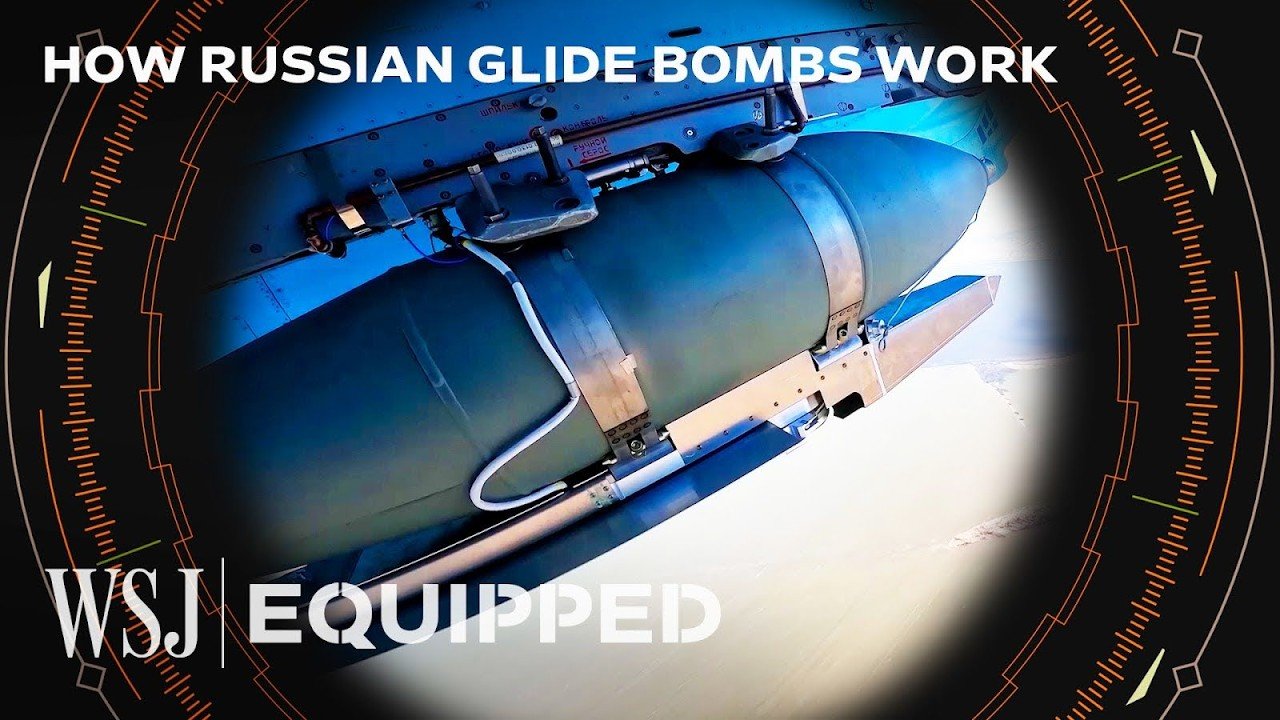Russia has been deploying thousands of glide bombs against Ukraine, significantly impacting the ongoing conflict by straining Ukrainian military resources and facilitating Russian territorial advancements. These weapons, derived from Soviet-era explosives, have been updated with modern guidance systems to function like cruise missiles but at a fraction of the cost. This adaptation allows for mass production and deployment, presenting a formidable challenge to Ukrainian defenses, particularly in urban areas and static defense positions. The glide bombs’ effectiveness, coupled with their low cost and the difficulty in intercepting them, underscores a critical aspect of the war’s evolving dynamics.
- Russia’s glide bombs are retrofitted Soviet-era high explosive aviation bombs, made highly destructive and difficult to intercept through modern upgrades.
- The bombs come in various sizes, with the largest, the FAB-1500, capable of leveling buildings due to its massive explosive payload.
- A universal planning and correction module is added to these “dumb bombs” to guide them to their targets, effectively transforming them into guided missiles.
- Retrofitting these bombs is significantly cheaper than producing new guided weapons, costing only tens of thousands of dollars each.
- Due to their small radar signature, glide bombs are hard to detect and intercept, posing a significant challenge to Ukrainian air defense systems.
- While effective against static targets, glide bombs cannot hit moving targets, limiting their use in mobile combat scenarios.
- Russia has increased the production of glide bombs, including developing larger and more explosive versions, indicating a strategic emphasis on these weapons.
- Ukraine is seeking ways to counter the threat, including acquiring F-16 fighter jets to strike Russian planes before they release bombs and focusing on electronic warfare to jam the bombs’ guidance systems.
- Analysts suggest that advanced air defense systems, like the US-made Patriots, could enhance Ukraine’s ability to intercept these bombs, though positioning these systems poses its own risks.
- The continued use of glide bombs by Russia is expected to play a significant role in the conflict, emphasizing the need for effective countermeasures by Ukraine.
The Wall Street Journal is an American business and economic-focused international daily newspaper based in New York City. The Journal is published six days a week by Dow Jones & Company, a division of News Corp.
AllSides Media Bias Rating: Center
https://www.allsides.com/news-source/wall-street-journal-media-bias
Official website: https://www.wsj.com
Original video here.
This summary has been generated by AI.

Leave a Reply